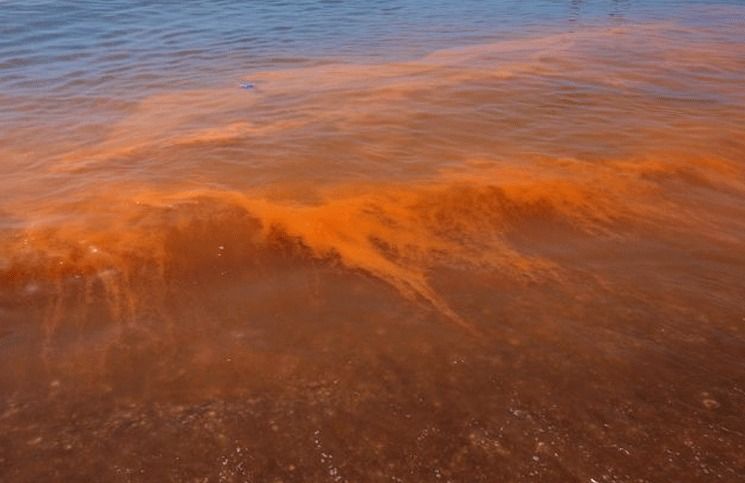Red Tide and Sargassum Shake Things Up in Yucatan
Discover the clash of aquatic adversaries on the Yucatan coast. Dive into the realm of red tides and sargassum invasions, unraveling their impact and risks. Stay informed and safeguard the marine ecosystem in this climate article.

Ah, the azure waters of the Yucatan coast, a tropical paradise that conjures images of swaying palm trees and pristine beaches. However, beneath the idyllic surface lies a tale of two aquatic adversaries: the notorious red tide and the less worrisome sargassum invasion. In this article, we dive deep into the oceanic realm to explore the nuances of these natural phenomena and shed light on the current situation facing the Yucatan Peninsula.
If you've ever heard locals mention the infamous "red tide," you might have wondered what it actually means. Well, it turns out that these crimson-colored blooms of algae have been a recurring concern along the Yucatan coast since as far back as 1948. Eduardo Batllori Sampedro, a distinguished researcher at the Centro de Investigación y de Estudios Avanzados del IPN in Mérida, reveals that the most significant red tide events occurred in 2001, 2003, and 2008.




